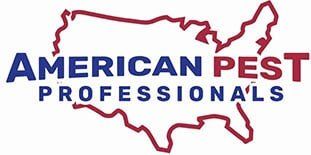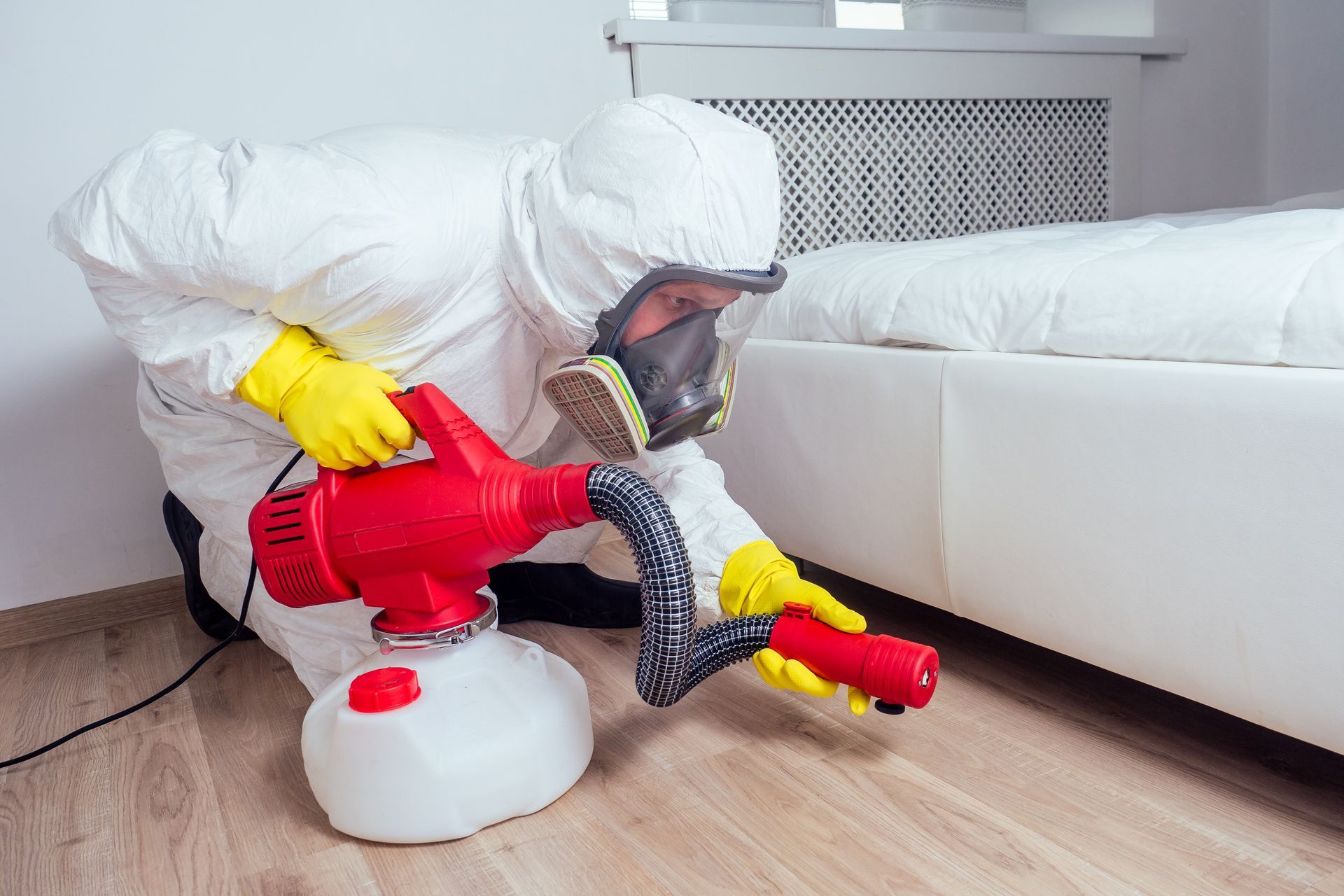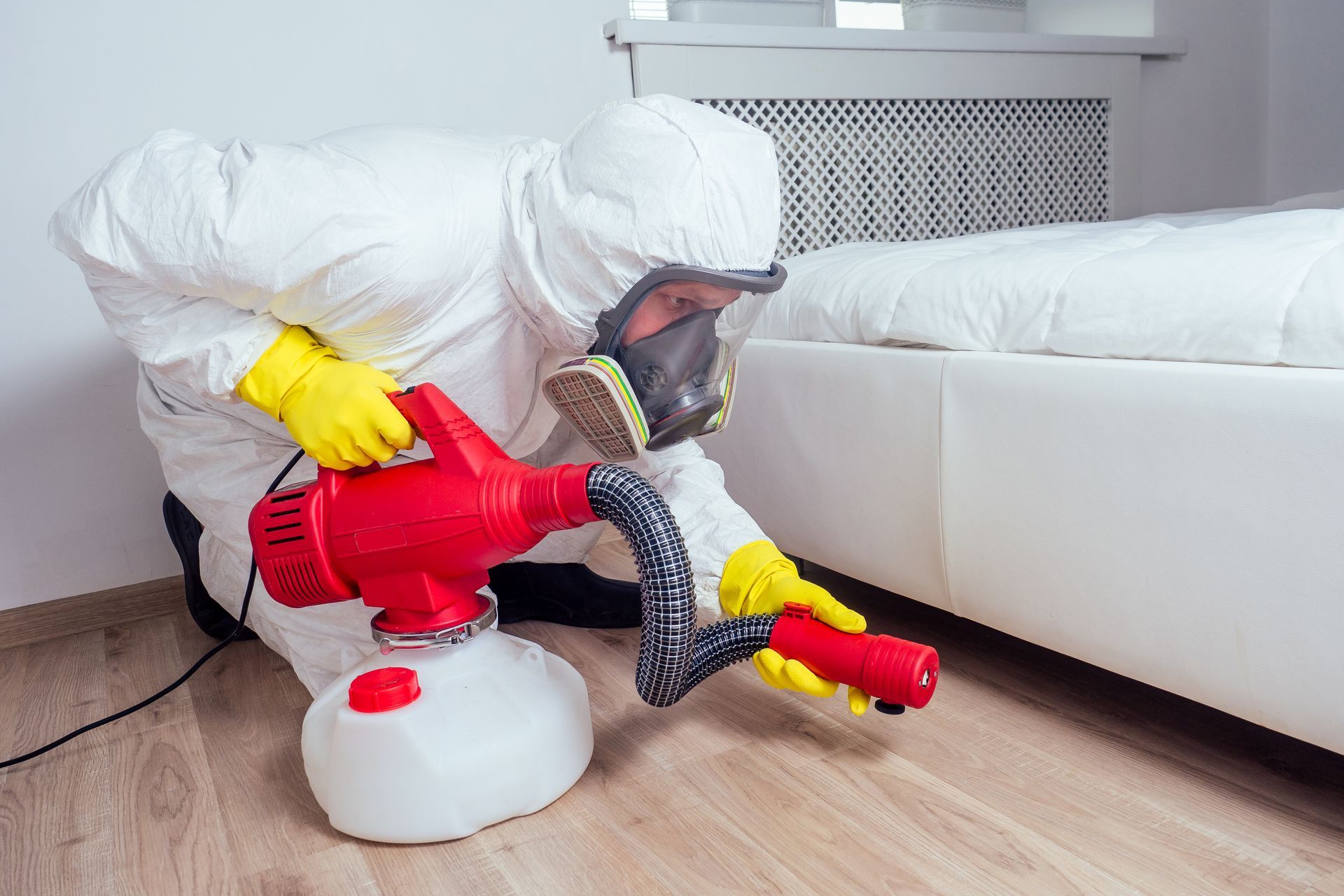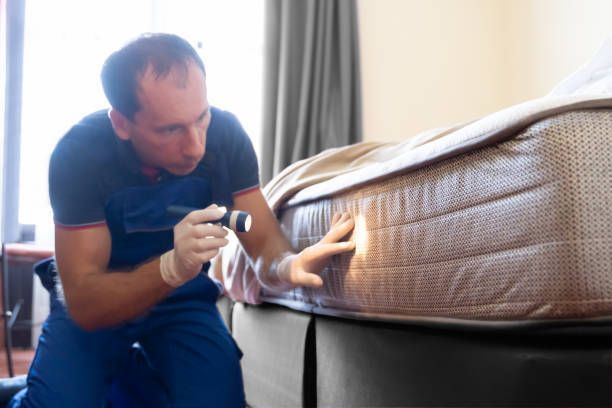How to Prevent & Treat an Apartment Building Rodent Issue
Flooding, busted pipes, fires… owning real estate can be a headache. And when that property is multi-unit housing, things can get complicated. In terms of a landlord’s worst nightmare, solving an apartment building rodent issue likely ranks among the top 10
And for good reason - rodents spread disease and can contaminate food and food prep surfaces. In addition to health concerns, rodents pose a threat to building structure and appearance, which carries serious long-term consequences.
Follow these simple steps to prevent a pest issue in your multi-family housing complex and if you do spot a furry critter, take action right away!
Preventing an apartment building rodent issue
Rodent prevention falls on you as a landlord, as well as the tenants that inhabit each unit. By preparing units for habitation and educating tenants on what to look out for, you can prevent a major crisis in your apartment building.
Close openings in the walls
Whether you inspect each unit when a tenant moves out or have someone else prepare it for the next occupant, be sure all holes get sealed both indoors and out.
WHERE TO LOOK FOR HOLES INDOORS
- Inside, under, and behind kitchen cabinets, refrigerators and stoves
- Inside closets near the floor corners
- Around the fireplace
- Around doors
- Around the pipes under sinks and washing machines
- Around the pipes going to hot water heaters and furnaces
- Around floor vents and dryer vents
- Inside the attic
- In the basement or crawl space
- In the basement and laundry room floor drains
- Between the floor and wall juncture
WHERE TO LOOK FOR HOLES OUTDOORS
- In the roof among the rafters, gables, and eaves
- Around windows
- Around doors
- Around the foundation
- Attic vents and crawl space vents
- Under doors
- Around holes for electrical, plumbing, cable, and gas lines
Your local hardware store should have everything you need to fill small and large holes. Use steel wool to fill small holes, caulking around it to keep it in place. Fix large holes with lath screen or lath metal, cement, hardware cloth, or metal sheeting.
Remember to take the same preventative measures in outbuildings and garages.
Install window screens and door sweeps
Similarly, window screens prevent mice from sneaking in through tiny cracks and door sweeps limit their territory inside the unit. These simple items can make a world of difference, especially in extreme temperatures when rodents are desperate for an entry point.
Educate tenants and remind them to do their part
In-home rodent prevention also falls on the tenant. They are responsible for their individual units, and it’s imperative that they keep a tidy space to prevent a rodent infestation. Encourage them to use plastic or glass containers to store food, keep their trash cans covered, and limit piling anything up on the floor.
It’s also a good ideat to educate tenants regularly about signs of a rodent infestation. Recognizing the signs of common rodents is your first line of defense when it comes to treating an apartment building rodent issue.
Teach tenants things to look for (like rodent droppings and dark smudges near baseboards), as well as what sounds might signal the presence of rodents (like high-pitched squeaks or gnawing sounds).
Treating an apartment building rodent issue
Of course, you can seal every crack and crevice and a mouse may still venture into one of your units. At that point, it’s imperative that tenants loop you in immediately.
Encourage tenants to report pest activity
Inform tenants when they move in that you want to know about any pest activity and other issues they encounter. When they do report something, respond in a timely manner (this includes maintenance requests!).
You gain tenants’ trust when you consistently react promptly. And when they can depend on you to take care of things, they’re less likely to take matters into their own hands.
This helps you out because knowing about an apartment building rodent issue right away gives you better odds of eliminating it!
Provide traps
As soon as a tenant reports signs of rodent activity, utilize integrated pest management practices to take back the home! This means identifying the rodent to the best of your ability and noting its entry point if possible.
You should also identify sources of food and water and assist the tenant in cutting off access.
Your final step may be to install traps. If this is the route you choose to take, be sure to provide them for the tenant, offer to check up on them regularly, and remove them if/when they are successful.
Enlist professional help
Where there’s one mouse there are (likely) hundreds. Pest professionals can help treat the rodent issue and prevent another one from occurring.
Choosing a pest control company is an important part of property ownership. You should make a list of any rodent-related questions (and others!) to ask a select list of companies. Go with the one that aligns most with your pest control needs and values.
What questions do you have for us?
Contact us to talk through your pest control needs today.










